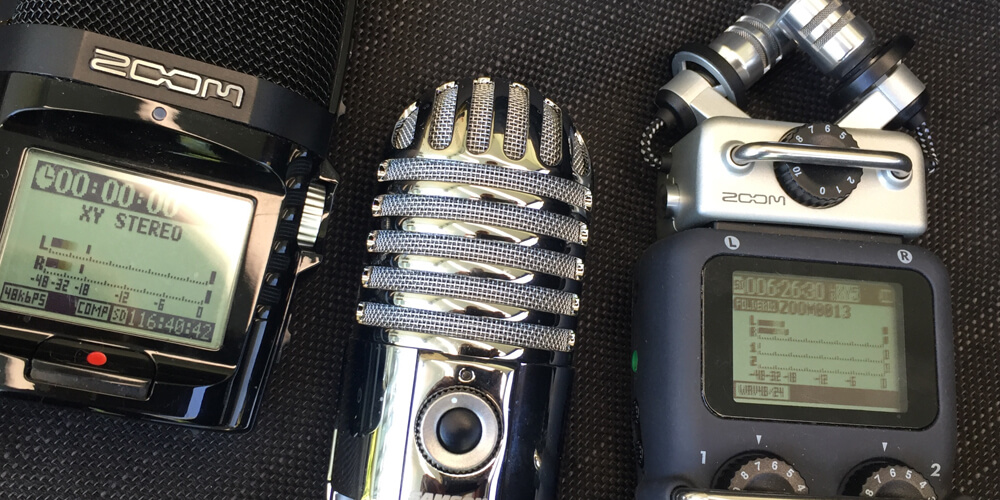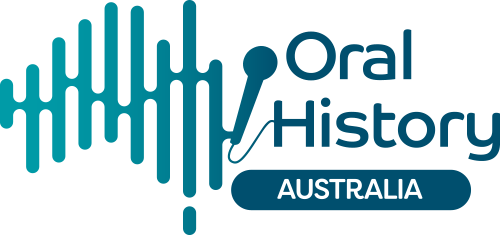
The findings from our inaugural technology survey are now available. Thanks to all those who participated.
In response to the survey results, Oral History Australia will be developing a dedicated technology page on our website and considering what technology-based training programs we can provide. There is clearly a demand for information about how technology impacts oral history practice.
Read on for the key findings or download the report with additional charts at: OHA Technology Survey Report 2023 (PDF)
Background
In 2023 Oral History Australia decided to run a survey of its members to find out what technology they were using and how best to support their technology learning needs. A further aim was to better understand how the pandemic years had impacted oral history practice, given the many lockdowns that forced oral historians to pause work or adopt remote interviewing techniques.
The survey was conducted in June and July 2023 and attracted responses from all State associations, more than half of whom described themselves as established oral historians with more than three years of experience.
Asked their primary purpose for conducting oral history, the top five responses were community project (22.9 per cent), academic – student or researcher (20.8 per cent), institutional – library or museum (16.7 per cent), for business as a professional historian (12.5 per cent) and family history (12.5 per cent).
Oral history through the pandemic
As expected, the survey showed that oral history practice dropped during the main pandemic years of 2020 and 2021 but did not stop altogether. Just under half of participants (45.8 per cent) conducted interviews in those years.
Interview format
The most used interview format was an in-person audio interview followed by online platforms, and video and phone interviews. Most participants preferred in-person interviewing, but a significant number said they used both, depending on the circumstances.
Equipment
Most respondents used field audio recorders such as the Zoom H4N and H5 or recorders produced by Tascam and Marantz. Some also used mobile phones (with and without accessories), tablets, dictaphones and wireless systems such as the Rode Wireless Go II.
The most popular microphones used were tabletop condenser microphones and lapel microphones. Smaller numbers of participants used shotgun microphones, the in-built microphone in their audio recorder or mobile phone, a dedicated mobile phone microphone or a handheld microphone.
Only about one-third of respondents provided information about video interviewing. Of those who responded the equipment most used was a mobile phone (40 per cent), followed by a camcorder and then a DSLR or mirrorless camera.
Remote interviewing
The survey results indicate that about half of our members are using remote interviewing. The most popular technologies are Zoom, Skype, Teams and mobile phones. There seems to be some lack of awareness about platforms offering higher quality audio such as Cleanfeed and Zencastr.
In-person interviewing is still the clearly preferred option.
Software
Half of respondents said they used Audacity for audio editing. Other popular options included Adobe Audition, Hindenburg Journalist, Sound Forge and Da Vinci Resolve.
The most popular software for video editing was Adobe Premiere followed by Final Cut Pro X, Da Vinci Resolve, Corel Video Studio and iMovie.
Training & Resources
The most sought-after training and resources options were:
- online tutorials and webinars
- in-person workshops
- a dedicated technology page on the OHA website.
The subjects of most interest are:
- minimum standards for archiving
- software for editing
- equipment—what to buy
- digitisation of legacy recordings
- remote interviewing solutions.
